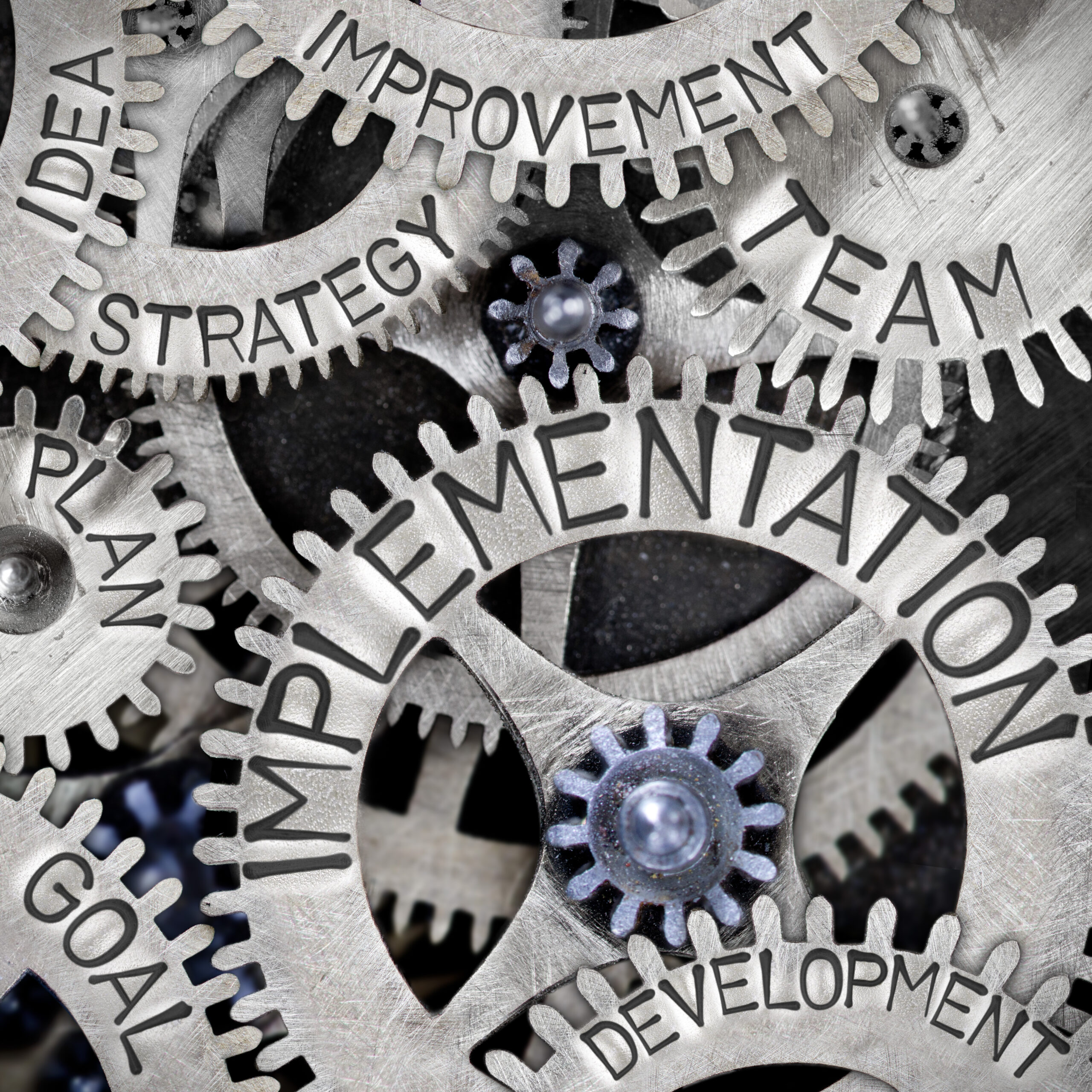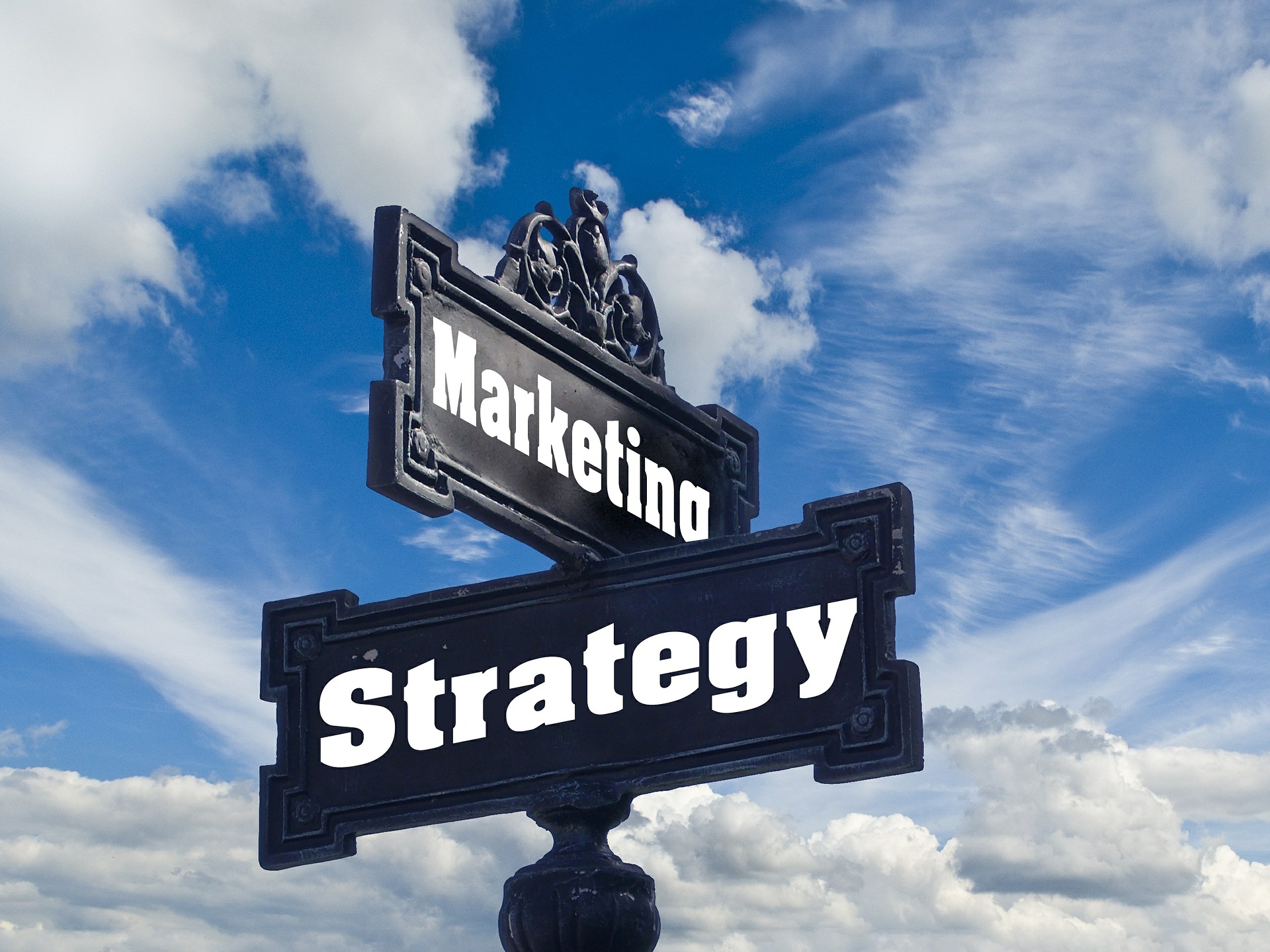
In the digital space, the drivers for online revenue success are the following:
Axiom #1
– Be flexible. The only constant is change.
– Perpetually pursue market positioning.
– Adapt to shifting customer needs, intent, and sentiments.
– Hone and master your brand story. And creatively tell it.
– Curate highly targeted campaigns, messaging, and experiences.
Axiom #2
These are the resolute Essentials
– Clearly defined, measurable goals.
– Well planned, data-informed strategies.
– Marketing automation for efficiency and effectiveness.
These are the fluid Essentials
– Agile tactics that will evolve and change based on performance.
– A testing regimen that is iterative and quantifiable.
– A penetrative approach to capture attention, persuade, and influence.
Axiom #3
– Utilize data to understand customer behaviors, gain insights, and forecast buying trajectories.
– Be solutions-driven with customers and solve problems in ways that trigger actions.
– Troubleshoot lagging sales performance and explore untapped sales terrain.
– Diligently pilot highly organized project workflows and meticulous tracking.
Final Thoughts
– Be careful to not fall back to familiarity, norms, and comfort.
– Challenge, ask questions, rethink, and be ready to pivot.
– Empower people and architect a culture that has a collective mission, curiosity, care, and customer-centricity.
– Transformation requires innovative thinking, a learning mindset, gut-level motivation, and endless inspiration.
– Digital savvy means to be forward-thinking, misfire-tolerant, and future-ready.







